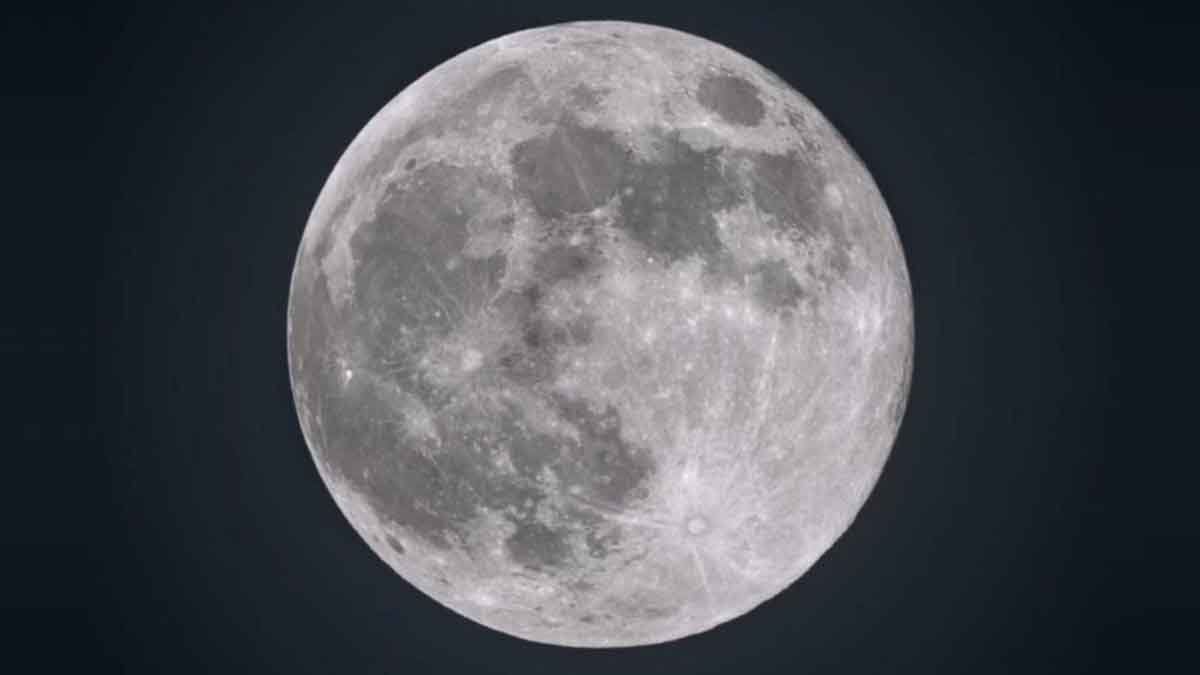NASA delays another round of manned missions to the moon.
More delays in returning humans to the moon over 50 years after Apollo was disclosed by NASA on Thursday.
According to Administrator Bill Nelson, the Artemis program’s next mission, which will involve circling the moon and returning with four astronauts, is now scheduled for April 2026. It had slipped from this year and was scheduled for September 2025.
According to officials, it took some time to investigate heat shield damage from the capsule’s first test flight two years ago, and other spacecraft upgrades are still required.
This pushes back the third Artemis mission, which would have involved two other astronauts landing on the moon, until at least 2027. NASA had set 2026 as its goal.
Only one mission has been accomplished by NASA’s Artemis program, which is a sequel to the Apollo moonshots of the late 1960s and early 1970s. In 2022, an empty Orion capsule launched on NASA’s new Space Launch System rocket and circled the moon.
The capsule returned with an overly burned and eroded bottom heat shield, damaged from the heat of reentry, despite the successful launch and lunar laps. Only recently did engineers identify the problem and devise a solution.
Nelson said NASA will modify the reentry path at the end of the next voyage with four people but will employ the Orion capsule with its original heat shield. Officials indicated that tearing out and replacing the heat shield would have delayed the moon landing by at least a year.
According to officials, during the flight test, NASA caused the capsule to dip in and out of the atmosphere during reentry, causing gasses to accumulate in the outer layer of the heat shield. As a result, the exterior material cracked and shed unevenly.
Reid Wiseman, the astronaut who led the lunar fly-around, participated in the news conference held at NASA headquarters in Washington on Thursday. Canadian astronaut Jeremy Hansen and NASA astronauts Christina Koch and Victor Glover are part of his crew.
Wiseman stated, “Delays and slowing down are agonizing and it’s not what we like to do.” However, he stated that he and his team wanted to completely understand the damage caused by the heat shield on the first flight, no matter how long it took. With this “big decision behind us,” they can now concentrate.
During NASA’s Apollo program, 24 astronauts traveled to the moon, and 12 of them landed there. Apollo 17 in December 1972 left the last bootprints in the lunar dust.
According to Nelson, the updated timeline should still see the US return men to the moon before China, which has set a 2030 date for a crew moon landing.
According to Nelson, the space agency has placed all of the Artemis contractors—including SpaceX, owned by Elon Musk—on notice to “double down” in order to meet the deadlines. On the first two Artemis moon landings, astronauts would descend from the Orion capsule in lunar orbit to the surface using SpaceX’s massive rocket Starship, which is increasingly making test flights from Texas.
Nelson claimed to have already phoned and invited SpaceX entrepreneur Jared Isaacman, who was selected by Trump last week to head NASA, to NASA headquarters in Washington.
